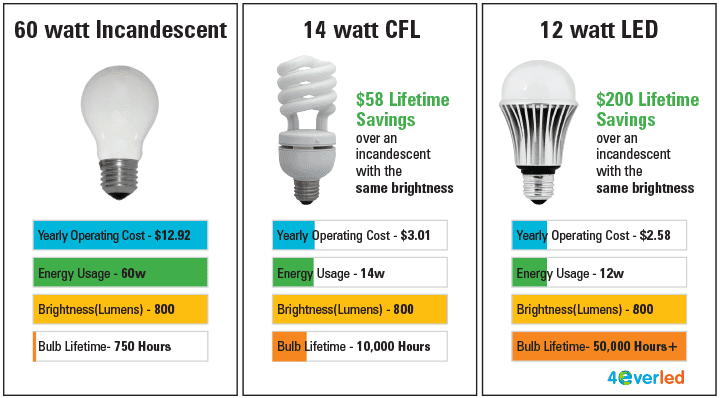
This logo isn't an ad or affiliate link. It's an organization that shares in our mission, and empowered the authors to share their insights in Byte form.
Rumie vets Bytes for compliance with our
Standards.
The organization is responsible for the completeness and reliability of the content.
Learn more
about how Rumie works with partners.
My buddy Francesca is a real environmental activist. She often says:
"We need to conserve energy!"
But wait, isn't energy always conserved? I swear I learned that in school.....
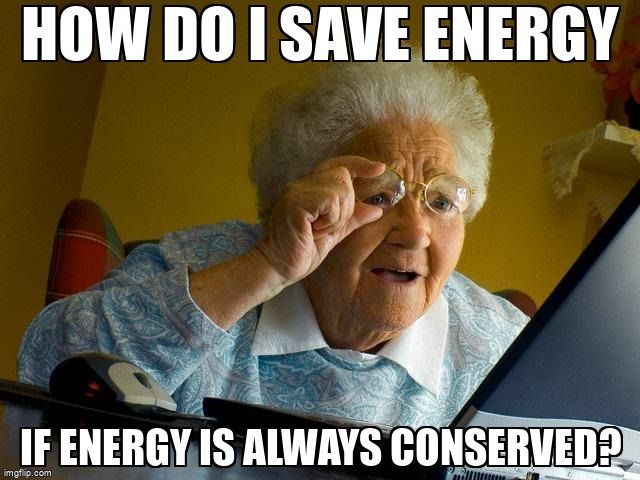
The language of physics: what does conservation mean?
In physics, if something is conserved it means that it's not changed in quantity.
The total amount of it stays the same, but it could be a different type.
For example: a footballer kicks a ball which then stops.
The chemical energy of the footballer is transferred to the ball as kinetic energy; then to the air and ground as thermal and sound energy.
You could explore the Phet simulation here to see how the total energy of a skater remains the same even though it can change between kinetic, gravitational potential, and thermal.
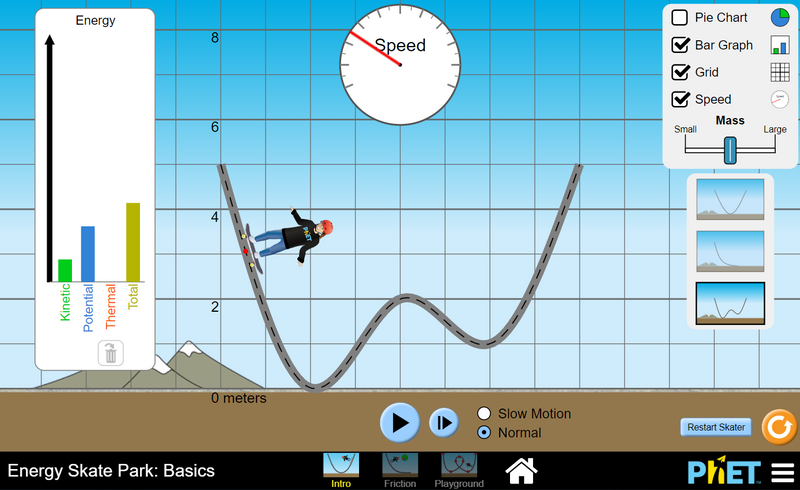
Quiz
In a closed system (e.g. a well-insulated house), energy cannot be...
Energy can be transferred and changed into different types, but it cannot be created or destroyed. Its total amount stays the same.
Did you know?
So what's the point of conserving energy?
When people talk about the need to conserve energy, what they mean is that we need to transfer less energy from natural resources to electricity or heat. We can do this by:
Turning off lights when not needed
Buying less stuff (because it needs electricity to be made)
Fly less (read this Byte on how flying impacts the environment)
Wear another jumper before turning on the heating in winter

This helps with reducing the amount of greenhouse gases that are emitted into the atmosphere.
Ok, that was conservation of energy. What next?
Every machine transfers energy from one type to another. For example:
your smartphone transfers chemical energy from its battery to sound and light
a petrol engine transfers the chemical energy stored in the fuel to the kinetic energy of the car
a washing machine transfers electrical energy to kinetic
a wind turbine generator transfers the kinetic energy of wind to electrical energy
BUT some of the energy doesn't go to where we want it to.....!

You may have noticed that your smartphone gets hot when charging and when you use it a lot. That means that some of the electrical energy is wasted: it's transferred to thermal (heat) energy.
Because the total energy is conserved, the energy your phone can transfer to light and sound (allowing you to watch TikTok) is less than what it gets from the battery.
This is bad news for both you and planet Earth, as Bill Nye the Science Guy confirms.
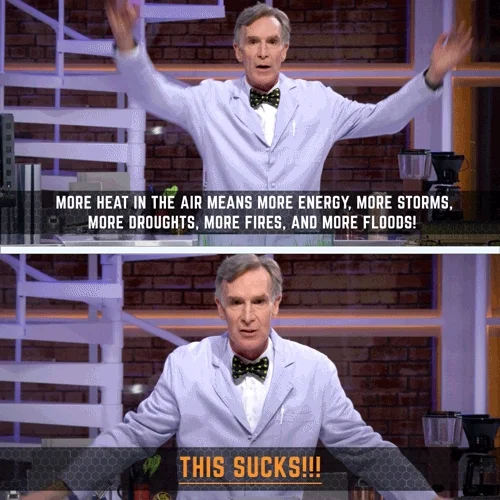
Did you know?
The language of physics: what does efficiency mean?
In physics, the efficiency of a machine is the amount of useful energy transferred divided by the total input energy.

On average, petrol engines in cars are about 30% efficient , meaning that only one-third of the chemical energy from the fuel is transferred usefully to make the car move. In other words: if you paid $100 for fuel, $70 are wasted. 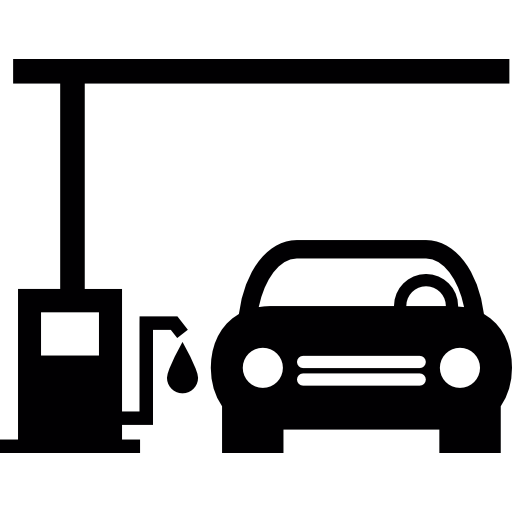
On the other hand, electric cars are about 80% efficient, meaning that most of the energy supplied by electricity is actually transferred as useful movement and not wasted as heat.
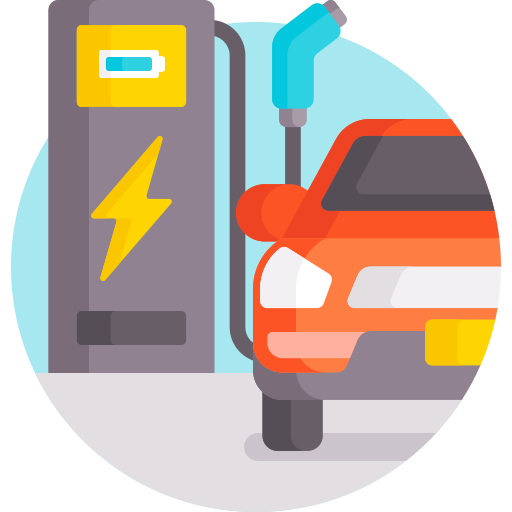
Quiz
A Galaxy smartphone charger has efficiency of about 80%. Which of these is FALSE?
The question asks for the statement that is FALSE! The efficiency tells us how much energy is transferred usefully, to the type of energy we actually want. 80% is high efficiency and energy is always conserved. The charger wastes only 20% of the energy it receives (mostly as heat), as 80% is transferred usefully.
Did you know?
So what's the link between energy conservation and energy efficiency?
A machine that has a high efficiency helps to conserve energy.
This is because it transfers most of the energy it receives into the type of energy we want.
For example: a traditional incandescent bulb is only 10% efficient, a CFL (compact fluorescent bulb) is 85% efficient, while a modern LED (light emitting diode) is 90% efficient.
So, to get the same amount of light, the LED needs 80% less electrical energy! In other words, it conserves energy because it wastes a lot less.

Did you know?
Take Action

This Byte has been authored by
Cecilia Astolfi
Learning expert
CTeach MPhys CPhys
